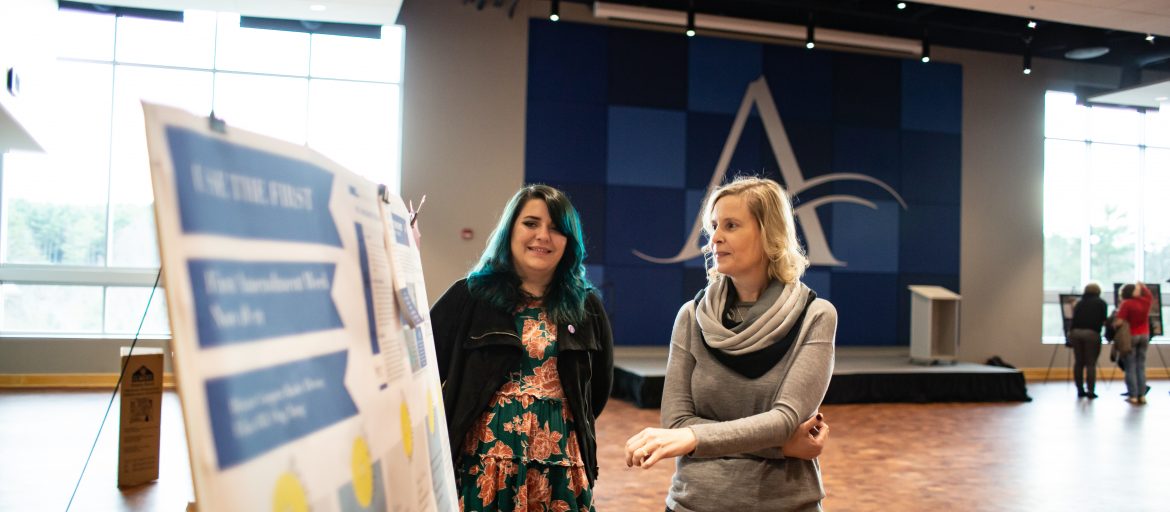Abstract
Repetitive, purposeful motions are required for the construction of many ceramic forms, and the bodily experience helps to settle the mind. The simple act of pinching the cool, malleable material excites tactile sensations, sparking the release of relaxing energies. This psychological tendency to seek solace with repeated bodily action is stereotypy, or self-stimulatory behavior. The result of sense stereotypic behavior is a transformative moment when internal calm overrides chaos. Similar to a monotonous motion like tapping fingers together, ceramic-art stereotypy engages four of the body’s senses: visual, auditory, tactile, and vestibular (sense of balance). The nervous system responds to pacify the mind, teaching the artist physical and mental self-awareness, which is the foundation of meditation. In this series, the creation of ceramic sculpture is referenced as terraforming, or a modeling of the earth analogous to the contemplative process that shapes the artist’s personal environment. Investigating the impact of repetitive motion on emotional and mental experiences, this study evaluates how ceramics can be employed as a meditative medium for the artist. The work in this series comes to fruition through a formulated mantra bridging the tangible, natural world with the intangible realm of thought and memory. A conduit for the mind to unwind into a contemplative state, the undulating surfaces of these ceramic forms draw inspiration from the grace and simplicity found in nature.
How to Cite
Midyette, R., (2013) “Merging Mind and Body: A Sculptural Technique”, Capstone, The UNC Asheville Journal of Undergraduate Scholarship 26(1).
57
Views
57
Downloads
